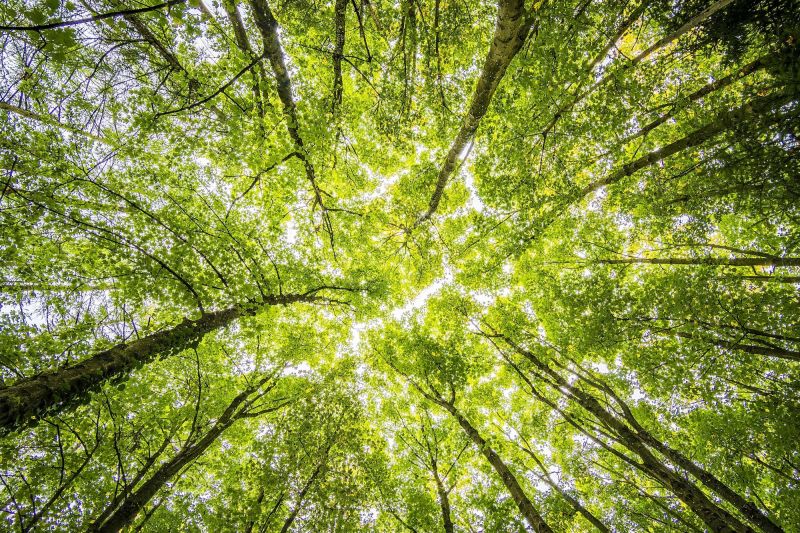Capturing stunning images of the night sky can be a rewarding and captivating experience for both professional and amateur photographers. But choosing the right telescope for astrophotography can be a daunting task with so many options available on the market. In this article, we’ll explore some of the best astrophotography telescopes and what factors to consider when selecting one.
Factors to Consider When Choosing a Photography Telescope

Before diving into the best astrophotography telescopes for photography, it’s important to understand what factors to consider when selecting a telescope. Here are some important factors to keep in mind:
- Aperture size – the size of the telescope’s main lens or mirror determines how much light it can gather. A larger aperture size allows more light to enter the telescope, resulting in brighter and sharper images.
- Focal length – the distance between the lens or mirror and the point where the image is formed. A longer focal length will result in higher magnification but a narrower field of view.
- Mount type – there are two types of mounts: Altazimuth and Equatorial. Altazimuth mounts are easier to use, but equatorial mounts are more precise for astrophotography.
The Best Astrophotography Telescopes
Here are the best astrophotography telescopes for photographers looking to level up their nightscape images. You may want to consider starting with a more budget friendly model and then upgrading as you reach its limitations.
Celestron NexStar 8SE – this telescope is a top-rated choice for astrophotography. Its 8-inch aperture size allows for clear and bright images, and its equatorial mount is ideal for precise tracking of celestial objects. The telescope also has a built-in camera control feature that allows for easy integration with DSLRs.
Orion SkyQuest XT10g – another popular choice for astrophotography, this telescope has a 10-inch aperture and an equatorial mount for precision tracking. It also comes with a motorized GoTo system that can locate and track celestial objects automatically.
Sky-Watcher ProED 120 – this refractor telescope has a 120mm aperture and a focal length of 900mm, making it ideal for wide-field astrophotography. Its equatorial mount and motorized GoTo system make it easy to track celestial objects accurately.

Meade Instruments LX200-ACF – this telescope has an 8-inch aperture and a long focal length, making it ideal for planetary and lunar photography. Its dual-fork mount allows for smooth and precise movement, and its built-in GPS system can automatically align the telescope.
Explore Scientific ED102 – this telescope is a great choice for both visual observation and astrophotography. It has a 102mm aperture and a focal length of 714mm, making it ideal for wide-field imaging. Its lightweight and compact design make it easy to transport.
William Optics FLT 132 Triplet APO Refractor – this high-end refractor telescope has a 132mm aperture and a focal length of 900mm, making it perfect for deep-sky astrophotography. Its apochromatic design ensures minimal color aberration, and its carbon fiber tube makes it lightweight and durable.

How to Choose an Astrophotography Telescope Video
Mr. Forrest Tanaka has a great video that goes through a variety of topics regarding choosing the best astrophotography telescopes for you. He includes various options that are available to you based on the different types of things that you want to shoot. If you have a spare 30 minutes check out the video below.
Telescope Accessories for Astrophotography
To get the most out of your telescope for astrophotography, there are some important accessories to consider, such as camera adapters, focal reducers, and auto-guiders. A camera adapter allows you to attach your DSLR or mirrorless camera to the telescope, while a focal reducer can reduce the focal length of the telescope, resulting in a wider field of view. An auto-guider can help with precise tracking and minimizing errors during long exposure photography.
Tips for Astrophotography with a Telescope
We have a complete workshop on Photographing the Milky Way if you’re interested in mastering Astrophotography. Otherwise, here are some tips to help you get the best results when using a telescope for astrophotography:
Use the right exposure settings – longer exposure times will allow more light to enter the camera, resulting in brighter images. However, longer exposure times also increase the risk of star trailing, so finding the right balance is key.
Shoot during the right conditions – clear and dark skies with minimal light pollution will produce the best results. Avoid shooting during a full moon or when there is significant cloud cover.
Use a sturdy tripod – the stability of the tripod is crucial when using a telescope for astrophotography. Even small vibrations or movements can result in blurry images.
Practice patience – astrophotography requires patience and persistence. Experiment with different settings and techniques until you achieve the desired results.
Conclusion
Choosing the best astrophotography telescope can be a challenging task, but understanding the important factors to consider can help narrow down the options. Whether you’re a professional photographer or an amateur enthusiast, there is a telescope out there to fit your needs and budget. Remember to also consider important accessories like camera adapters, focal reducers, and auto-guiders to maximize your telescope’s capabilities. With the right equipment and techniques, you can capture stunning images of the night sky that will leave you in awe.

















